What is a Crossbike?
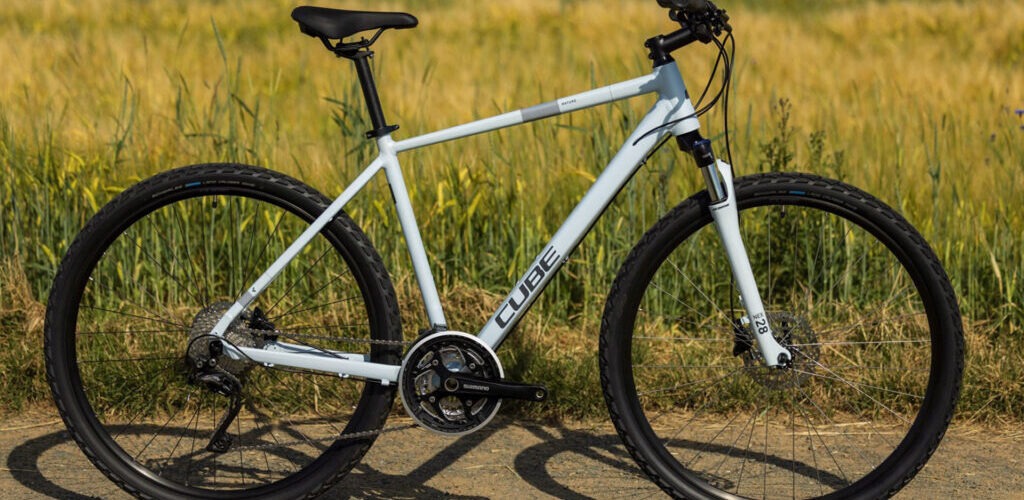
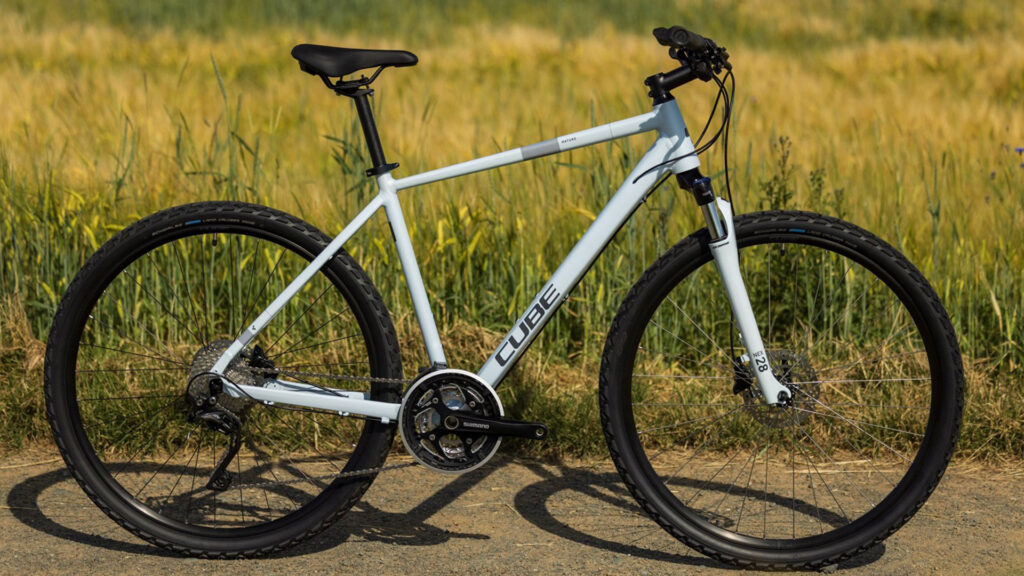
A crossbike is a sporty bicycle for anyone who wants to ride both on the road and on unpaved paths. It combines the speed of a road bike with the ruggedness of a mountain bike—without being too heavy or overly specialized. This makes the crossbike ideal for people who want to stay flexible but aren’t looking for a fully equipped trekking bike or a purely off-road mountain bike.
The crossbike is one of the most versatile types of bicycles out there. In this article, you’ll learn what makes it special, who it’s suitable for, and what to look for when it comes to equipment.
Typical features of a crossbike:
- Lightweight frame made of aluminum or carbon – for an agile riding experience
- Wide, lightly treaded tires (approx. 35–45 mm) – ideal for road & off-road
- Sporty yet comfortable riding position – less aggressive than a road bike
- Derailleur gears with 18–30 speeds – perfect for hilly routes
- No fenders or racks – for maximum sportiness
Tip: Crossbikes often come without lights or fenders but can be easily retrofitted if you want to use the bike for everyday commuting.
Crossbike, Trekking Bike, Gravel Bike, Fitness Bike – What’s the difference?
| Feature | Cross bike | Fitness bike | Trekking bike | Gravel bike |
| Usage | Road & light off-road | Road & fitness, occasional paths | Daily use & touring | Sporty touring & gravel paths |
| Weight | Light frame (aluminum/carbon) | Very light (mostly aluminum) | Medium (aluminum/steel) | Lightweight & aerodynamic |
| Position | Sporty but not extreme | Sporty and stretched | Comfortable & upright | More aggressive than crossbike |
| Tires | 35–45 mm, lightly treaded | 28–35 mm, slick or light tread | 40–50 mm, often puncture-proof | 35–45 mm, grippy for gravel |
| Equipment | No lights or fenders | No lights, fenders optional | Fully equipped for daily use | Minimalist, often carbon frame |
Essential equipment for your Crossbike
The right gear system
Crossbikes come with derailleur gear systems offering a wide range of gears:
- 2x crankset (18–22 gears): Ideal for flat terrain and fitness rides
- 3x crankset (24–30 gears): Perfect for hilly routes and long tours
Which brakes are ideal?
Crossbikes come with two types of brakes:
- Mechanical or hydraulic disc brakes: Strong braking power, great in all weather
- V-brakes (rim brakes): Lightweight & easy maintenance, but less power in wet conditions
Tip: If you ride off-road or in bad weather, go with disc brakes.
Choosing the right tires
- 35–40 mm tires: Great for roads & light trails
- 40–45 mm tires: Better for comfort on gravel & forest paths
Tip: For winter use, consider wider tires with deeper tread.
How to equip your Crossbike for everyday use
Since many crossbikes come without fenders or lights, you can make them everyday-ready with these add-ons:
Mudguards: Keep you dry on rainy rides
Lighting: StVZO-compliant battery lights or hub dynamo
Bicycle racks: Easy to mount for groceries or touring gear
FAQ: Frequently asked questions about Crossbikes
1. Is a cross bike a mountain bike?
No! A crossbike is lighter and faster than a mountain bike. It lacks a suspension fork and isn’t meant for rough trails.
2. Can I use a crossbike for long-distance tours?
Yes, especially if you add a rack and fenders. For pure touring, a trekking bike might be more practical.
3. Is a crossbike better than a gravel bike?
It depends on your use case. Gravel bikes are built for long distances on gravel, while crossbikes are more flexible for everyday use, road, and forest paths.
4. Do I need special clothing for a crossbike?
Not necessarily. For longer rides, padded cycling shorts and a breathable jersey are more comfortable.
5. What frame size do I need for a crossbike?
The frame size depends on your height:
- 1,60–1,70 m: 48–52 cm
- 1,70–1,80 m: 52–56 cm
- 1,80–1,90 m: 56–60 cm
6. What’s the difference between a mountain bike and a crossbike?
A crossbike is significantly lighter and faster than a mountain bike, ideal for sporty riding on roads, bike paths, and occasional forest trails. It features narrower, lightly treaded tires and usually skips the suspension fork, making it more efficient and lower maintenance. In contrast, a mountain bike is designed for challenging terrain—with wide, knobby tires, robust suspension (hardtail or full suspension), and a geometry tailored for maximum control on trails and downhill sections. While the crossbike is a sporty all-rounder, the mountain bike is a specialist for off-road adventures.
Crossbike – The ideal bike for versatile riders
A crossbike is the perfect choice for sporty cyclists who don’t want to compromise. It combines speed, comfort, and off-road capability—and can be flexibly adapted as needed. Whether you’re commuting, riding for fitness, or heading out on weekend adventures, a crossbike gets you to your destination reliably.
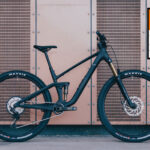



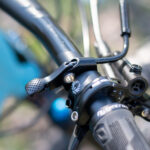
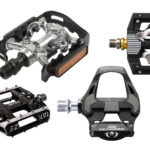
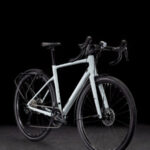
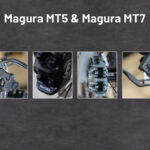
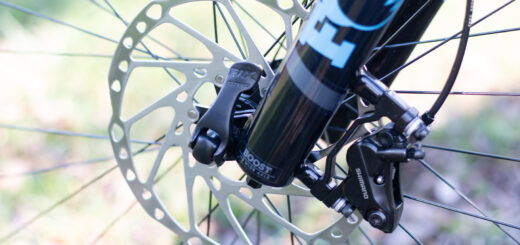

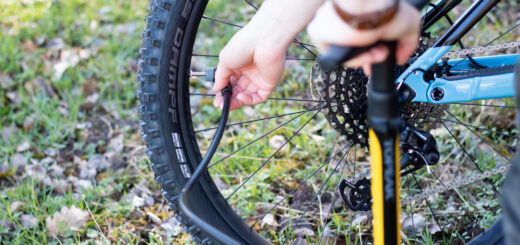








Recent Comments